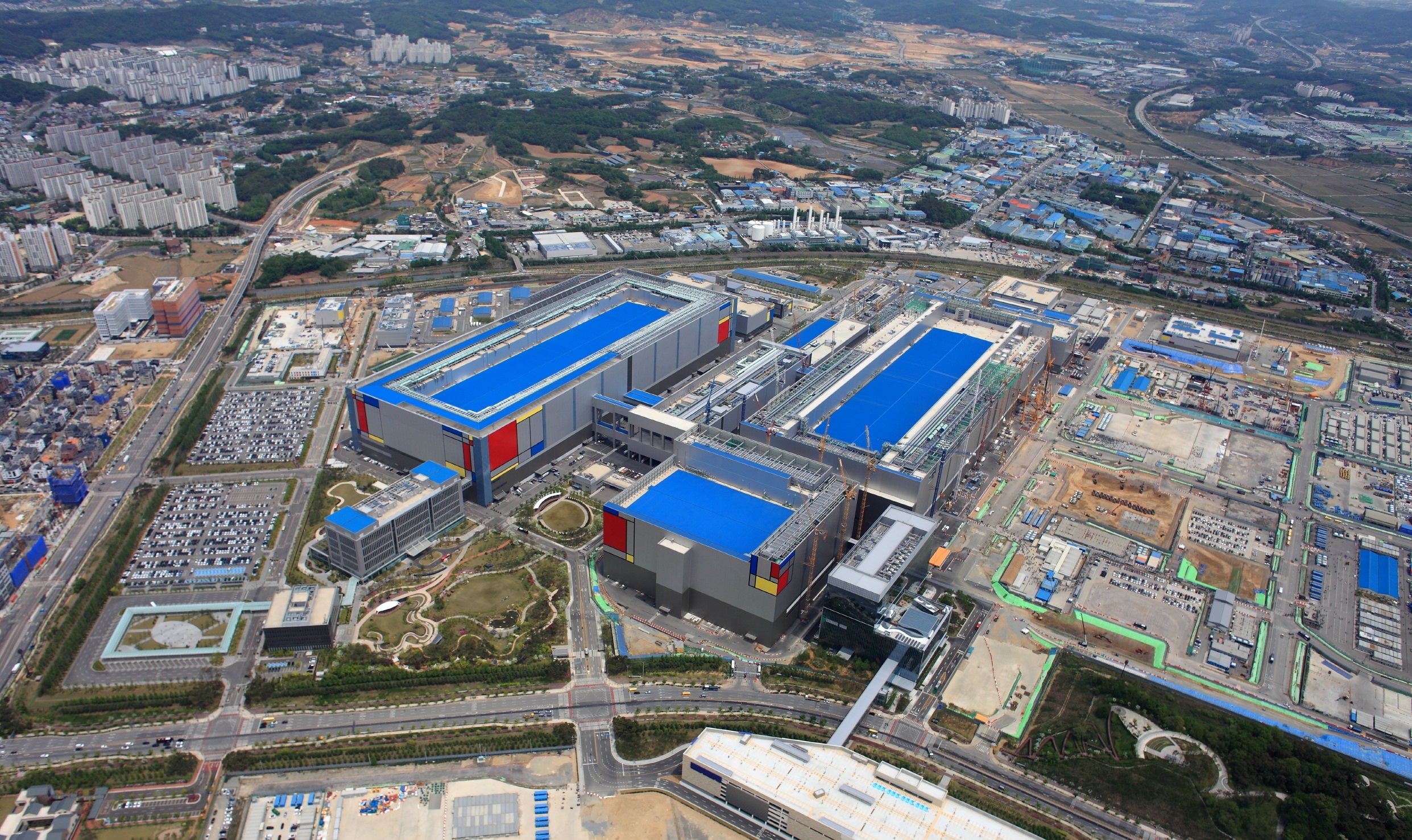Welcome to our daily column, where we recap the biggest (and not only) IT and tech stories that happened in the last 24 hours that we feel you should know about.
It could be interest you

Solitaire celebrates its 30th anniversary and is still played by millions of people around the world
The popular card game Solitaire, which first appeared as part of the Windows operating system in its Windows 3.0 version, celebrates its 30th birthday today. The original intention of this card game was simple - to teach new users of Windows (and modern GUI computers in general) how to use a mouse in combination with moving graphic elements on the computer screen. The gameplay of Solitaire was designed exactly for this purpose, and the drag-and-drop function found here is now commonly used not only on the Windows platform. Today, Microsoft Solitaire, formerly Windows Solitaire, was at one time the most popular and played computer game in the world. And that's mainly because it was included in every installation of the Windows operating system (until 2012). Last year, this game was also inducted into the Video Game Hall of Fame. Microsoft has localized Solitaire into 65 languages, and since 2015 the game has been available again as part of the Windows 10 operating system. Currently, the game is also available on other platforms such as iOS, Android or through a web browser.

The researchers tested an Internet connection with a speed of 44,2 Tb/s
A team of Australian researchers from several universities has tested a new technology in practice, thanks to which it should be possible to achieve dizzying Internet speeds, even within the existing (albeit optical) infrastructure. These are completely unique photonic chips that take care of processing and sending data through an optical data network. The most interesting thing about this new technology is probably that it was successfully tested in normal conditions, not just in the closed and very specific environment of testing laboratories.
The researchers tested their project in practice, specifically on an optical data link between the university campuses in Melbourne and Clayton. On this route, which measures over 76 kilometers, the researchers managed to achieve a transmission speed of 44,2 Terabits per second. Thanks to the fact that this technology can use already built infrastructures, its deployment in practice should be relatively fast. From the beginning, it will logically be a very expensive solution that only data centers and other similar entities will be able to afford. However, these technologies should be gradually expanded, so they should also be used by ordinary Internet users.

Samsung also wants to make chips for Apple
In the past, Samsung has let it be known that it intends to compete with the Taiwanese giant TSMC, i.e. that it intends to become even more involved in the massive business of producing super-modern microchips. That Samsung is serious is confirmed by new information that the company has started construction of a new production hall in which microchips based on the 5nm production process should be produced. The new facility is being built in the city of Pyeongtaek, south of Seoul. The goal of this production hall will be to produce microchips for external customers, which is exactly what TSMC currently does for Apple, AMD, nVidia and others.
The cost of building this project exceeds 116 billion dollars, and Samsung believes that it will be possible to start production before the end of this year. Samsung has great experience in the production of microchips (based on the EUV process), as it is the second largest manufacturer in the world after TSMC. The start of this production will in practice mean that TSMC will probably lose part of the orders, but at the same time the total global production capacity of 5nm chips should increase, which is, respectively will be limited by TSMC's production capacities. There is a lot of interest in these, and they usually don't get to all of them at once.


